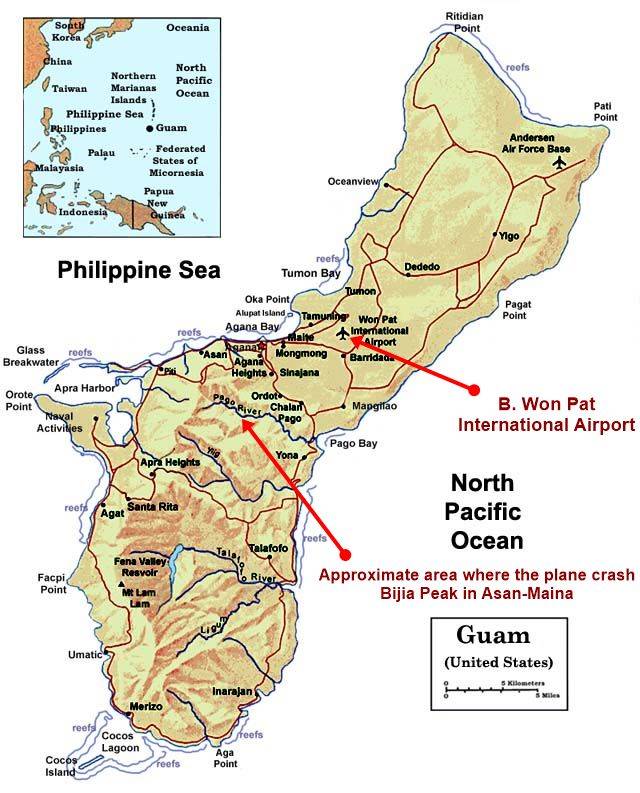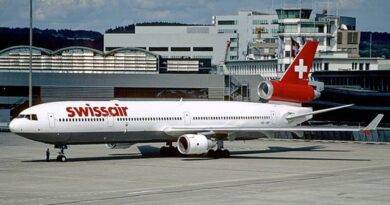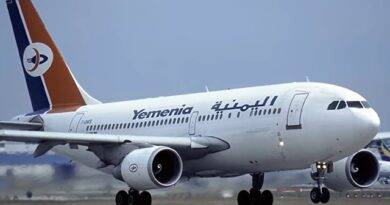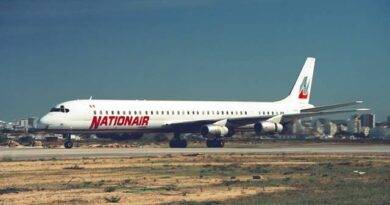Korean Air Flight 801: The Crash That Changed Aviation
On August 6, 1997, Korean Air Flight 801 tragically crashed while attempting to land at Antonio B. Won Pat International Airport in Guam, claiming the lives of 229 out of the 254 people aboard. The incident remains one of the deadliest aviation disasters in history, prompting a reevaluation of global aviation safety practices. Investigations revealed critical issues in pilot training, communication, and navigational technology, leading to widespread reforms. These reforms have since strengthened protocols for pilot competency, night flying procedures, and cockpit resource management, making air travel safer.
Passenger and Crew Details of Flight 801
Korean Air Flight 801 departed Seoul’s Kimpo International Airport (now Gimpo International Airport) on August 5, 1997, at 8:53 p.m. local time, heading for Guam. Onboard were 254 people: 3 flight crew members (including two pilots and a flight engineer), 14 flight attendants, and 237 passengers from four different countries. The diverse group of passengers included tourists and business travelers alike, all bound for Guam. This ill-fated flight would tragically crash during its final approach, marking a devastating moment in aviation history.

Causes of the Korean Air Flight 801 Crash
The crash of Korean Air Flight 801 was primarily caused by a combination of navigational errors, equipment malfunction, and pilot misjudgments. The key contributing factor was the non-functional glideslope at Guam’s airport, which the crew mistakenly believed to be operational. The pilots, navigating in poor visibility during night conditions, relied on outdated charts and miscalculated their descent. Fatigue and poor cockpit resource management further impaired their decision-making, leading them to descend below the minimum safe altitude and ultimately crash into Nimitz Hill (Wikipedia, NTSB, Federal Aviation Administration).
This incident underscores the importance of reliable navigational aids, updated flight data, and robust training to prevent similar tragedies.
Aftermath of the Korean Air Flight 801 Crash
The crash of Korean Air Flight 801 had a profound impact on the aviation industry, leading to significant changes in safety protocols and pilot training. One of the major reforms was the introduction of enhanced training for pilots on night flying and spatial disorientation. More stringent cockpit resource management practices were implemented to improve communication between crew members. Furthermore, the crash highlighted the need for updated navigational systems and accurate flight charts, driving the global aviation sector to adopt advanced technologies to prevent similar tragedies (Wikipedia, NTSB, Federal Aviation Administration).
- The plane was a Boeing 747-300.
- There were 254 people on board, including 237 passengers and 17 crew members.
- The crash killed 229 people, including all 17 crew members.
- The only survivors were 22 passengers and 3 crew members.
- The crash was caused by a combination of factors, including pilot error, inadequate training, and a malfunctioning navigational system.
- The crash led to a number of changes in the way that pilots are trained and how airplanes are equipped.
Explaining the Korean Air Flight 801 Accident with the Swiss Cheese Model
The Swiss Cheese Model, developed by psychologist James Reason, is a popular framework used to analyze accidents in complex systems like aviation. It describes how multiple layers of defense (represented as slices of Swiss cheese) exist within organizations to prevent accidents. However, each layer has weaknesses (holes), and when the holes in multiple layers align, they create a trajectory for disaster.
In the case of Korean Air Flight 801, several failures at different levels aligned, resulting in the crash:
- Latent Failures (Long-term system weaknesses):
Korean Air had notable organizational issues, such as inadequate pilot training for non-precision approaches. The airline’s training programs left pilots underprepared to handle situations like a manual approach during inclement weather at night(ROSA P.,ROSA P.). Additionally, the glideslope at Guam’s airport had been out of service for an extended period. While the crew was informed of this, the importance of manually managing the approach without the glideslope was not emphasized adequately(NTSB,ROSA P.). - Unsafe Supervision:
There were lapses in regulatory oversight by the Korean Civil Aviation Bureau and the FAA. These bodies were criticized for not ensuring that pilots were properly trained to handle situations like the one faced on Flight 801. Furthermore, despite the known issue with the glideslope, insufficient action was taken to compensate for its absence or ensure proper briefing of flight crews(ROSA P.). - Preconditions for Unsafe Acts (Conditions contributing to human error):
The crew’s fatigue played a significant role in the crash. The captain had been working long hours, which affected his cognitive performance and decision-making(Skybrary,Wikipedia). In the cockpit, there was also poor communication, as the crew mistakenly believed the glideslope was operational, despite warnings from both the air traffic controller and the aircraft’s systems(NTSB). - Active Failures (Direct actions leading to the crash):
The crew’s decision to descend below the minimum safe altitude, even after repeated warnings from the Ground Proximity Warning System (GPWS), was the immediate cause of the crash. The captain and crew failed to adequately monitor their altitude and position during the approach, leading to the fatal descent into terrain(ROSA P.,NTSB).
Not by a Single Error
The Swiss Cheese Model shows that Flight 801’s crash was the result of multiple failures. These included organizational, supervisory, environmental, and human errors. Each layer of defense had weaknesses. When these weaknesses aligned, disaster struck. Reforms after the crash focused on fixing these flaws. Authorities improved pilot training, enhanced communication, and upgraded safety systems.
Here are some links to additional resources:
- NTSB Aircraft Accident Report: https://www.ntsb.gov/investigations/AccidentReports/Reports/AAR9801.pdf
- Wikipedia: https://en.wikipedia.org/wiki/Korean_Air_Flight_801
- Simple Flying article on accident: https://simpleflying.com/korean-air-flight-801-cabin-crew-perspective/
- Featured image source: By Rex B. Cordell, U.S. Navy. – http://www.defenselink.mil; exact source for image 970806-N-7159C-004, Public Domain, https://commons.wikimedia.org/w/index.php?curid=6208931
Map source: https://guam-online.com/maps-of-guam/
for more accidents: https://www.aviationfile.com/aviation-accidents-and-incidents/


